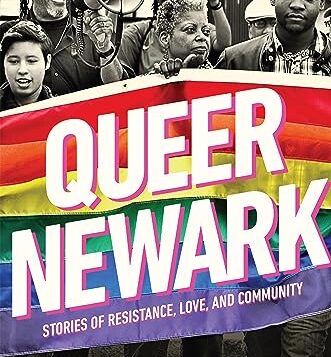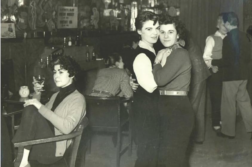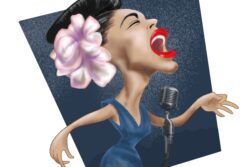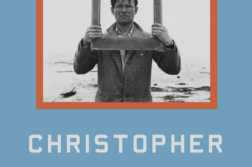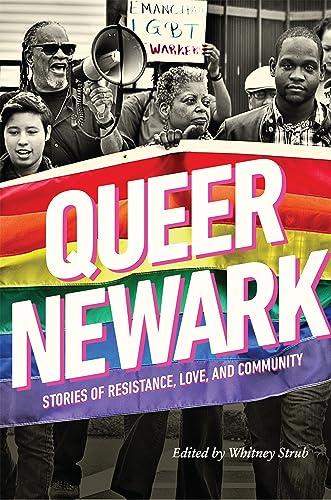
QUEER NEWARK
Stories of Resistance, Love, and Community
Edited by Whitney Strub
Rutgers Univ. Press. 320 pages, $27.95
IF SOMEONE had asked me a month ago what I knew about the history of queer Newark beyond the fact that a queer Black teenager named Sakia Gunn was murdered there in 2003, I would have had to reply, “Not much.” But thanks to Queer Newark: Stories of Resistance, Love, and Community, that has now changed considerably. Edited by Whitney Strub, the book brings together a number of essays by academics, public intellectuals, and community activists. By the time I had finished reading them, a rich and varied history had come alive.
Arranged roughly chronologically, the stories they tell suggest a history of LGBT Newark that separates into three periods. The first period stretched from the post-Prohibition era of the 1930s to the late 1960s. During these decades, when Newark was an industrial city with a largely white population, a bar culture emerged that provided many venues for socializing by the late 1950s.
John D’Emilio, professor emeritus at the U. of Illinois–Chicago, is the author of Lost Prophet: The Life and Times of Bayard Rustin.


